According to industry sources on the 10th, Trump’s erratic tariff policies are causing significant concern among South Korean consumer goods exporters with substantial U.S. market exposure. Notable examples include Samyang Foods, which spearheaded the K-Food craze with its Buldak Bokkeum Myeon (Hot Chicken Flavor Ramen), and Daesang Corporation, the top exporter of kimchi to the U.S. Both companies produce domestically and export to the U.S., making them highly vulnerable to Trump’s tariff policies.
Samyang Foods recorded KRW 1.3359 trillion in exports last year, with approximately 28% of its revenue coming from the Americas, including the U.S. In response, the company has formed a "Tariff Response Task Force" centered around internal departments and its U.S. subsidiary. Similarly, Daesang Corporation, the leading kimchi exporter, is on high alert. Although it began operating a kimchi factory in Los Angeles in 2022, domestic production still accounts for a larger share. Daesang’s U.S. export revenue last year was around KRW 200 billion.
On April 8, the Ministry of Agriculture, Food and Rural Affairs held a meeting titled "K-Food Exporters’ Response to U.S. Reciprocal Tariffs" with 16 major exporters heavily reliant on the U.S., including CJ CheilJedang, Daesang Corporation, Pulmuone, Samyang Foods, and Binggrae. The consensus among participants was that a 25% tariff would make survival extremely difficult for food companies. The ministry is focusing on alleviating exporters’ burdens and strengthening risk management by offering additional funding for raw material purchases, expanding export vouchers and insurance for agricultural products, and supporting online and offline marketing strategies such as promotions through local distributors, participation in trade expos, and establishing Korean food sections in online malls.
The shadow of Trump’s tariffs also looms over K-Beauty and K-Fashion industries. Last year, South Korea ranked as the world’s top exporter of beauty products to the U.S., with exports totaling $1.701 billion (approximately KRW 2.5 trillion). Leading players LG Household & Health Care and Amorepacific are busy formulating countermeasures. LG Household & Health Care is pursuing simultaneous expansion of Amazon’s online and offline channels in light of global restructuring efforts that account for potential U.S. tariffs. Amorepacific is exploring strategies such as adjusting brand-specific pricing or managing promotional costs to mitigate impacts from changes in export pricing.
In K-Fashion, Hansae Co., Ltd., which derives 85% of its total exports from the U.S., plans to operate its factories flexibly. Currently, half of Hansae’s products are manufactured in Vietnam; however, with Vietnam facing a steep 46% tariff under Trump’s policies, alternative measures are necessary. Fortunately, Hansae operates factories in El Salvador and Guatemala that benefit from minimal tariffs (10%). In addition, the company plans to leverage these facilities while increasing production at Texollini—a U.S.-based factory it acquired last year.
An industry insider commented: “Since reciprocal tariffs are being applied globally rather than targeting specific sectors like steel or heavy equipment industries, it is still too early to predict their impact on consumer goods industries.” They added: “Given that Korean products are not significantly more expensive than competing goods from other countries, it remains uncertain whether this will lead to consumer attrition.”
Meanwhile, on April 9 (local time), President Trump posted on his social media platform Truth Social: “The United States will immediately increase tariffs on China to 125%.” He added: “Conversely, over 75 countries have contacted U.S. representatives to negotiate solutions regarding trade barriers, tariffs, currency manipulation, and non-tariff barriers without retaliating against the U.S. Based on these discussions, I will lower reciprocal tariffs to 10% during a 90-day grace period.”
Earlier on April 2, President Trump labeled South Korea among 57 nations as “the worst violators” and imposed tariffs of up to 50%. For South Korea specifically, this included a basic tariff of 10% combined with a reciprocal tariff of 25%. However, after global financial markets faltered—affecting even U.S. stock markets—Trump softened his stance slightly. This gives South Korea a crucial 90-day window to respond to his tariff policies effectively.
Son Wontae (tellme@fntimes.com)











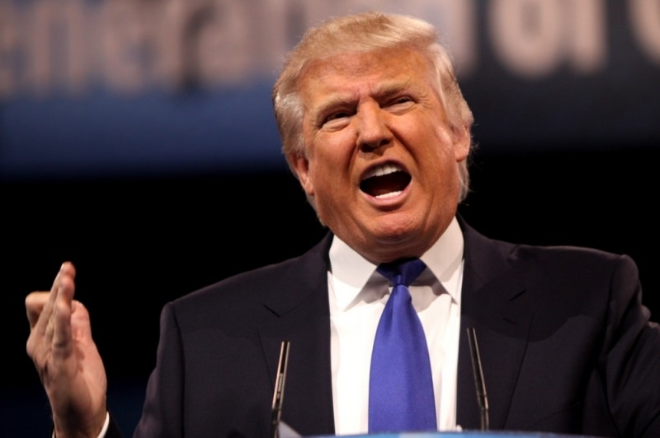
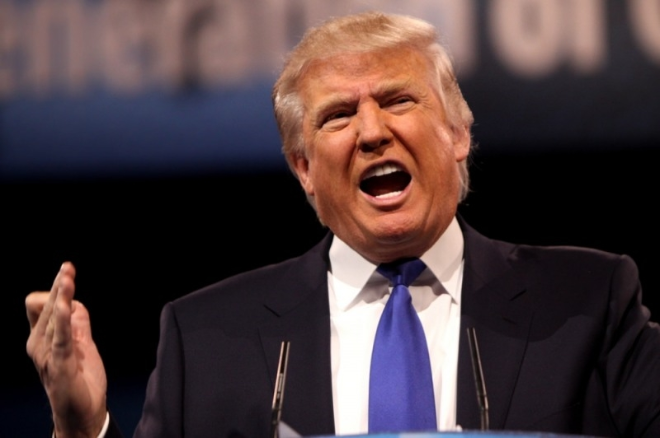






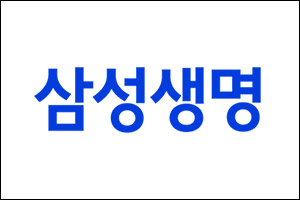









![기관 '알테오젠'·외인 '에이비엘바이오'·개인 '삼천당제약' 1위 [주간 코스닥 순매수- 2025년 4월7일~4월11일]](https://cfnimage.commutil.kr/phpwas/restmb_setimgmake.php?pp=006&w=69&h=45&m=5&simg=2025041123072807854179ad4390721123588129.jpg&nmt=18)


![12개월 최고 연 3.21%…상상인플러스저축은행 ‘크크크 회전정기예금’ [이주의 저축은행 예금금리-4월 2주]](https://cfnimage.commutil.kr/phpwas/restmb_setimgmake.php?pp=006&w=69&h=45&m=5&simg=20250412214741017656a663fbf34175192139202.jpg&nmt=18)
![24개월 최고 연 3.10%…고려저축은행 ‘회전정기예금’ [이주의 저축은행 예금금리-4월 2주]](https://cfnimage.commutil.kr/phpwas/restmb_setimgmake.php?pp=006&w=69&h=45&m=5&simg=20250412223240086636a663fbf34175192139202.jpg&nmt=18)
![24개월 최고 연 4.50%…키움저축은행 '아이키움정기적금‘ [이주의 저축은행 적금금리-4월 2주]](https://cfnimage.commutil.kr/phpwas/restmb_setimgmake.php?pp=006&w=69&h=45&m=5&simg=20250412210550050346a663fbf34175192139202.jpg&nmt=18)
![기관 'LG에너지솔루션'·외인 '한국전력'·개인 '삼성전자' 1위 [주간 코스피 순매수- 2025년 4월7일~4월11일]](https://cfnimage.commutil.kr/phpwas/restmb_setimgmake.php?pp=006&w=69&h=45&m=5&simg=2025041122561808254179ad4390721123588129.jpg&nmt=18)
![12개월 최고 연 4.50%…키움저축은행 '아이키움정기적금‘ [이주의 저축은행 적금금리-4월 2주]](https://cfnimage.commutil.kr/phpwas/restmb_setimgmake.php?pp=006&w=69&h=45&m=5&simg=20250412205929096966a663fbf34175192139202.jpg&nmt=18)
![한국투자파트너스, 美 1억달러 펀드결성…국내 딥테크·바이오 '집중' [2025년 VC 전략지도]](https://cfnimage.commutil.kr/phpwas/restmb_setimgmake.php?pp=006&w=69&h=45&m=5&simg=2025041307494302407dd55077bc25812315232.jpg&nmt=18)













![[카드뉴스] KT&G ‘Global Jr. Committee’, 조직문화 혁신 방안 제언](https://cfnimage.commutil.kr/phpwas/restmb_setimgmake.php?pp=006&w=298&h=298&m=1&simg=202503261121571288de68fcbb3512411124362_0.png&nmt=18)
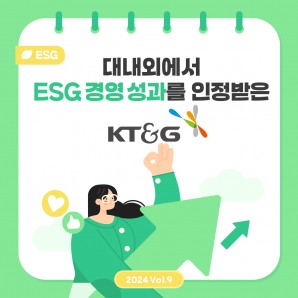
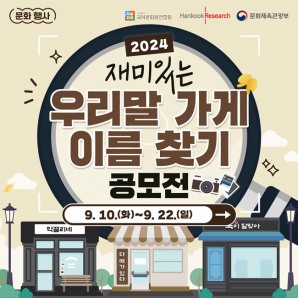
![[카드뉴스] 국립생태원과 함께 환경보호 활동 강화하는 KT&G](https://cfnimage.commutil.kr/phpwas/restmb_setimgmake.php?pp=006&w=298&h=298&m=1&simg=202403221529138957c1c16452b0175114235199_0.png&nmt=18)
![[카드뉴스] 신생아 특례 대출 조건, 한도, 금리, 신청방법 등 총정리...연 1%대, 최대 5억](https://cfnimage.commutil.kr/phpwas/restmb_setimgmake.php?pp=006&w=298&h=298&m=1&simg=20240131105228940de68fcbb35175114235199_0.jpg&nmt=18)
![[신간] 리빌딩 코리아 - 피크 코리아 극복을 위한 생산성 주도 성장 전략](https://cfnimage.commutil.kr/phpwas/restmb_setimgmake.php?pp=006&w=81&h=123&m=5&simg=2025032814555807705f8caa4a5ce12411124362.jpg&nmt=18)
![[신간] 지속 가능 경영, 보고와 검증](https://cfnimage.commutil.kr/phpwas/restmb_setimgmake.php?pp=006&w=81&h=123&m=5&simg=2025011710043006774f8caa4a5ce12411124362.jpg&nmt=18)
![[서평] 추세 매매의 대가들...추세추종 투자전략의 대가 14인 인터뷰](https://cfnimage.commutil.kr/phpwas/restmb_setimgmake.php?pp=006&w=81&h=123&m=5&simg=2023102410444004986c1c16452b0175114235199.jpg&nmt=18)

![[신간] 똑똑한 금융생활...건전한 투자와 건강한 재무설계 지침서](https://cfnimage.commutil.kr/phpwas/restmb_setimgmake.php?pp=006&w=81&h=123&m=5&simg=2025031015443705043c1c16452b012411124362.jpg&nmt=18)

![[카드뉴스] KT&G ‘Global Jr. Committee’, 조직문화 혁신 방안 제언](https://cfnimage.commutil.kr/phpwas/restmb_setimgmake.php?pp=006&w=89&h=45&m=1&simg=202503261121571288de68fcbb3512411124362_0.png&nmt=18)
![[AD] 기아, 혁신적 콤팩트 SUV ‘시로스’ 세계 최초 공개](https://cfnimage.commutil.kr/phpwas/restmb_setimgmake.php?pp=006&w=89&h=45&m=1&simg=2024123113461807771f9c516e42f12411124362.jpg&nmt=18)
![[AD] 아이오닉5 '최고 고도차 주행 전기차' 기네스북 올랐다...압도적 전기차 입증](https://cfnimage.commutil.kr/phpwas/restmb_setimgmake.php?pp=006&w=89&h=45&m=1&simg=2024123113204707739f9c516e42f12411124362.jpg&nmt=18)




